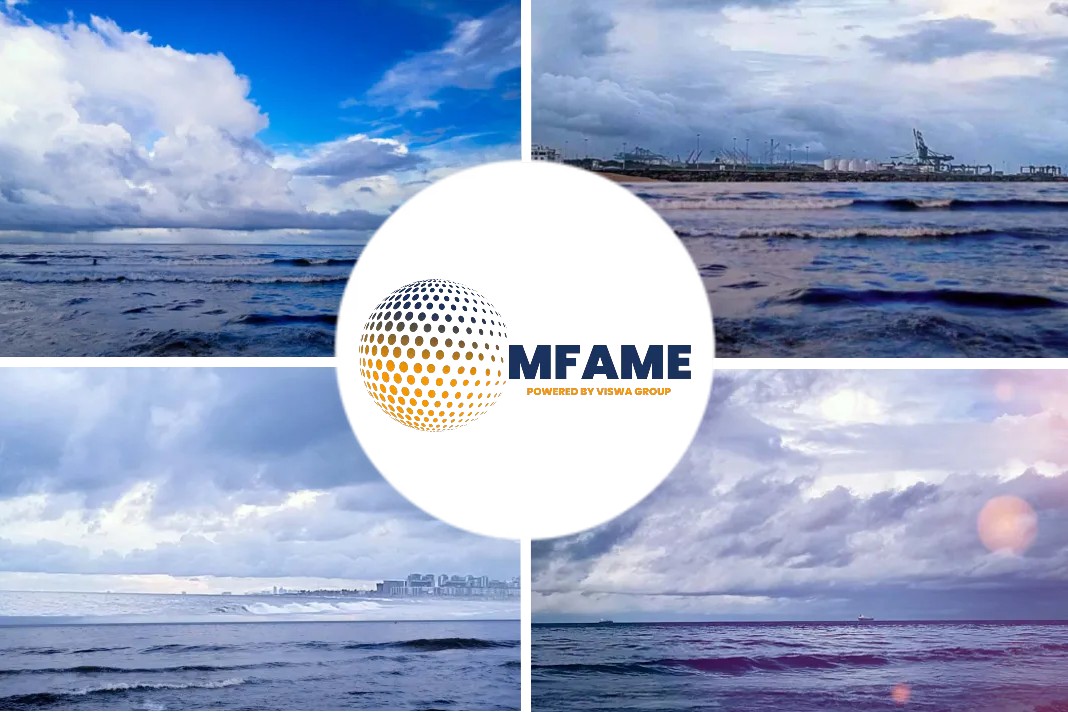
The long-term outlook for marine fuels is a complex one and clearly a transition is underway. But it’s less clear where the transition will lead, how quickly it will happen, or be measured. Through 2030, S&P is predicting that LNG would be the dominant “alternative” fuel option, with tankers and containerships leading the uptake.
Measuring the Transition
Panel member Jan Hagen Andersen, Business Development Manager at DNV Maritime, emphasized a difference with dictates concerning new fuels, compared to previous regulatory mandates and the commercial impact. “We talk to commercial as well as technical people at our clients,” he said. Panelist Elpi Petraki, representing the Greek shortsea sector, opined that with the Carbon Intensity Indicators (CII) rules now coming into force, “for the first time, we can have a real discussion between owners and charterers, and discuss real numbers.”
In looking across the alphabet soup of possible metrics under consideration, he said: “EEOI potentially a more fair and balanced metric – it looks at cargo carried. Responding to a question regarding blind spots and what’s missing, he suggested that a broader conversation among all participants in the value chain, regarding clean energy hubs, is what’s needed.”
Difficulty With Data
Jennifer States, newly appointed Chief Strategy Officer at the Blue Sky Maritime Coalition, that is working with North American shipowners on decarbonisation, highlighted a present “gap in knowledge” and extensive difficulties with data on vessel emissions. She explained that, presently, most North American ship operators are not required to report under the present IMO dictates, but that: “Regulations are likely to come at some point”. She voiced the view that shipowners ought to be trying to get out in front of regulations, and highlighted the practicalities, where solutions are under development, saying: “Yes we can measure fuel consumption, but there are large discrepancies depending on the fuels.”
Arlie Sterling, from consultancy Marsoft Inc., also involved with the Blue Sky Maritime Coalition, said flatly that: “Measures like CII and AER are not very meaningful,” in that they inevitability conflate concerns of owner – the quality of vessel, with those of the charterer – user of the ship. He emphasized Marsoft’s efforts with shipowners towards financing vessel retrofits which break out the economic implications very specifically. He talked about life cycle calculations of emissions reduction as being “very much open” a long way from measurement. At such presentations, sometimes the best observations come from the audience- during the Q&A session. Audience member Harry Theochari, OBE, a noted UK lawyer and the Chair of Maritime London, asserted that: “The way forward for maritime decarbonisation is “as clear as mud”.
Did you subscribe to our newsletter?
It’s free! Click here to subscribe!
Source: Seatrademaritime


























